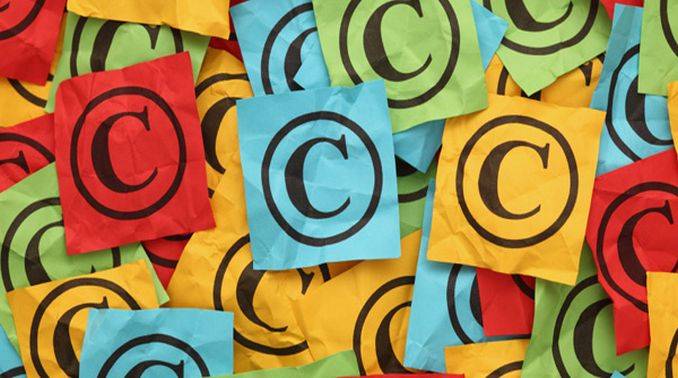This post was first published on 1st September 2014.
1. Cariou vs. Prince
Photograph: Patrick Cariou – 2000; Adaptation: Richard Prince – 2008(both via artnet)
Richard Prince, the well-known appropriation artist – one who transforms the work of others to create new meaning in his work was sued by Patrick Cariou, a lesser-known photographer when Prince used several of Cariou’s photographs in a series of collages that were sold for tens of millions of dollars.
Richard Prince, for an exhibition in the Gagosian Gallery, appropriated 41 images from a photography book by French photographer Patrick Cariou. Prince claimed Fair Use for the creation of his work which was objected to by Cariou calling it a blatant Copyright Infringement. While deciding this landmark dispute, although Cariou initially won at the District Court level, the Second Circuit reversed the Court’s findings in favor of Fair Use for Prince, noting that Prince’s work transformed the work in a way that it was aesthetically different and thus acceptable under the argument of Fair Use.
The initial ruling in this case, in favor of Cariou, had created huge uproar in the artistic community, which brought forth questions about artistic intent and the subjectivity of art, asking the question, “…who was this judge to determine whether or not the appropriated artwork had enough meaning to be considered fair use?”
2. The Associated Press vs. Fairey
Photograph: Mannie Garcia – 2006 (via The New York Times); Poster: Shephard Fairey – 2008 (via Wikipedia)
Famous street artist, Shephard Fairey, was instrumental in creating the Hope poster during President Obama’s first run for President at the Presidential Elections in 2008. This design became a symbol for President Obama’s campaign, technically independent of the campaign but with its approval. However, in January 2009 the photograph on which Fairey allegedly based the design was revealed by the Associated Press as one shot by AP freelancer Mannie Garcia – with AP demanding compensation for its use in Fairey’s work. Fairey responded with the defense of Fair Use, claiming his work did not reduce the value of the original photograph. Eventually, the artist and the AP press came to a private settlement in January 2011, part of which included a split in the profits for the work.
This case started a discussion around the value of the work in these copyright battles. It’s unlikely that Garcia’s work could have ever reached the level of fame it did, if not for Fairey’s poster. Garcia himself stated he was “…so proud of the photograph and that Fairey did what he did artistically with it, and the effect it has had,” but still had a problem with the fact that Fairey took the image without permission and without credit for the originator.
Both these famous artists in the two famous copyright disputes took shelter under the Fair Use exception and brought forth healthy discussions relating to copyrighted works and their adaptations. We will discuss more interesting copyright disputes in upcoming posts.



